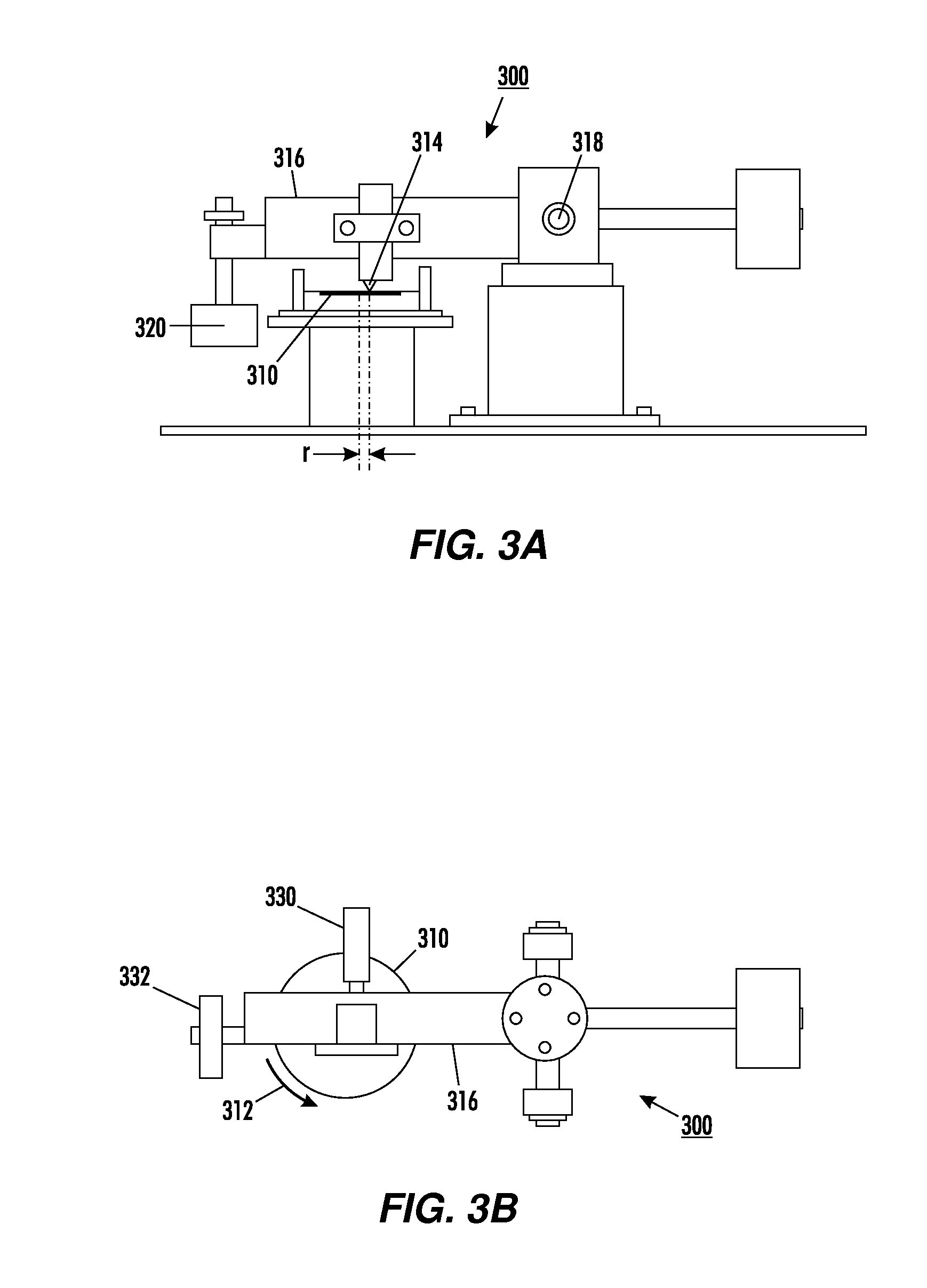Polymeric coatings including nanoparticle filler
a technology of nanoparticles and polymers, applied in the direction of coatings, liquid surface applicators, special surfaces, etc., can solve the problems of increasing the potential for homogeneous dispersion of fillers within the composite matrix, affecting the performance of nanocomposite coatings, and becoming less effective than the corresponding unfilled coating composition, etc., to achieve unique properties, reduce the potential for homogeneous dispersion, and reduce the effect of loading levels
- Summary
- Abstract
- Description
- Claims
- Application Information
AI Technical Summary
Benefits of technology
Problems solved by technology
Method used
Image
Examples
example 1
[0056]Halloysite nanotube material, particularly Halloysite premium EG, was obtained from Nanoclays and Technologies, Inc. The halloysite nanotube material was dispersed into a commercially available low-Tg Dow Corning acrylic copolymer latex emulsion (MG-0580) at 5, 10, 15 and 20% HNT loading (weight percent solids). MG-0580 is one of a number of acrylic adhesives, or more specifically aqueous pressure sensitive adhesives, available from Dow Corning.
[0057]Preparation of the HNT Dispersion
[0058]A DISPERMAT VMA-Getzmann GMBH-D-5226 Reichshof, with a 25 mm disk knife, was used to prepare the halloysite dispersion. The HNT powder was added in small portions to water under stirring at 4000 rpm. When all the powder was added, the blend was left under stirring at 4000 rpm for an additional 10 minutes. The suspension was then placed into a conical flask with connection to vacuum to evacuate the HNTs. Dry content of the suspension was determined by evaporation.
[0059]Preparation of Suspensio...
example 2
[0064]Latex Mowilith LDM 7741S from Celanese Emulsions was used as a commercial latex. The latex is a copolymer emulsion of acrylic acid and methacrylic acid esters, stabilized with unspecified surfactants. It is supplied as a 46% latex dispersion. The Tg of the latex is 28° C. and the mean latex size is about 0.1 micron.
[0065]Suspensions of Latex Mowilith were prepared with HNT loadings of 5%, 10%, and 20%, according to the procedures used in Example 1. Films were drawn on glass with a 120 μm applicator, and were immediately placed into an oven at 50° C. over night to be cured.
[0066]Pin-on-disc measurements were made using the same conditions as in Example 1. Measurement by pin-on-disc are presented in FIGS. 10A-E as described below.
PUM
| Property | Measurement | Unit |
|---|---|---|
| Weight | aaaaa | aaaaa |
| Structure | aaaaa | aaaaa |
| Shape | aaaaa | aaaaa |
Abstract
Description
Claims
Application Information
 Login to View More
Login to View More - R&D
- Intellectual Property
- Life Sciences
- Materials
- Tech Scout
- Unparalleled Data Quality
- Higher Quality Content
- 60% Fewer Hallucinations
Browse by: Latest US Patents, China's latest patents, Technical Efficacy Thesaurus, Application Domain, Technology Topic, Popular Technical Reports.
© 2025 PatSnap. All rights reserved.Legal|Privacy policy|Modern Slavery Act Transparency Statement|Sitemap|About US| Contact US: help@patsnap.com



